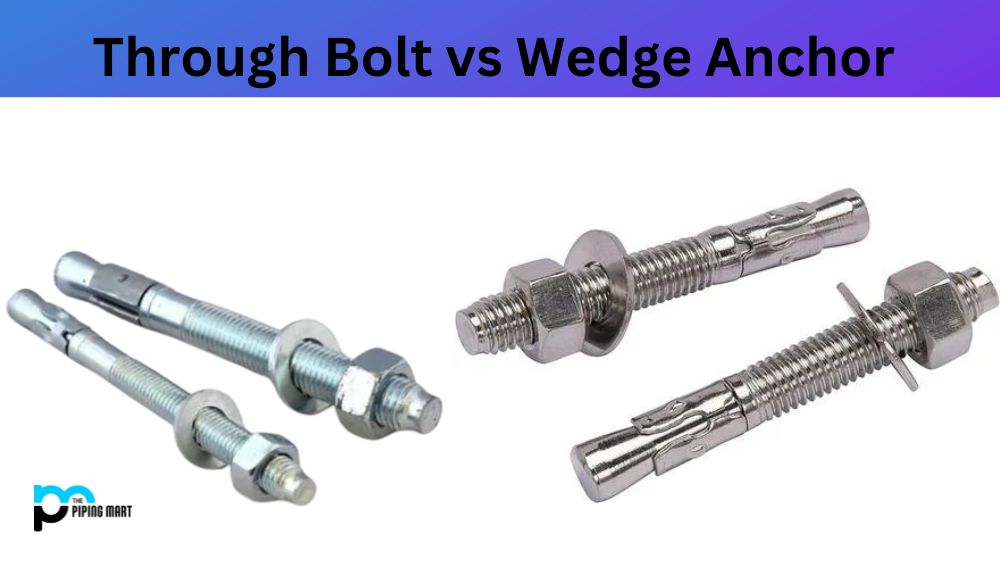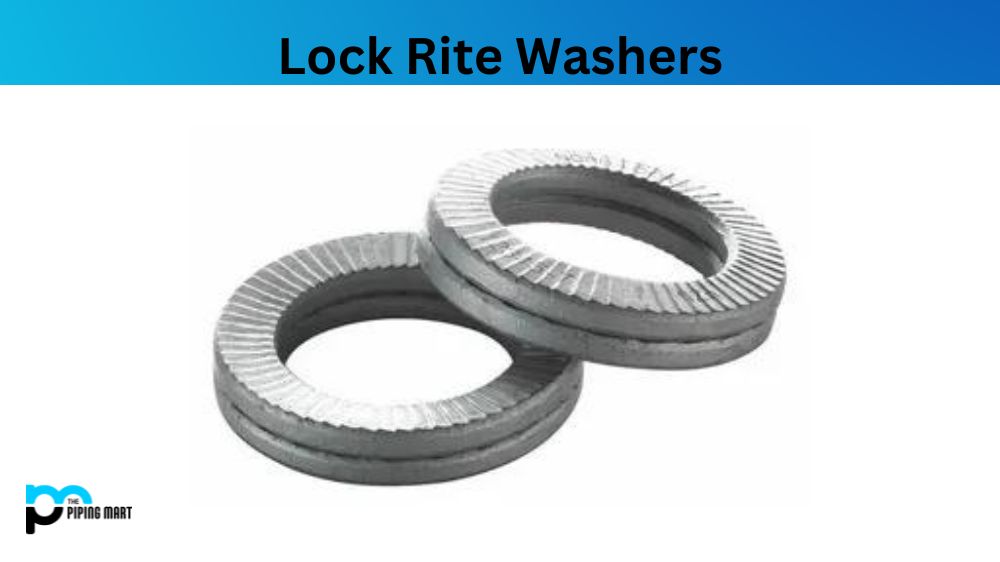Regarding fixing items to concrete or masonry, there are two popular options – through bolts and wedge anchors. Although these fasteners may appear similar at first glance, there are important differences between them that affect their functionality and application. In this blog post, we will explore the key differences between through bolts and wedge anchors and give you a clearer understanding of when to use each one.
What is Through Bolt?
A through bolt is a fastener to secure two or more objects together. It typically comprises a long bolt, which passes through an existing hole in the components being connected and then holds in place with a nut on one end and washers on both ends. Through bolts are commonly found in construction applications such as attaching two-by-fours to walls and floor joists and numerous other home improvement projects. In addition to offering excellent strength for superior hold and stability, they are relatively easy to install compared to other alternative solutions, such as lag screws or plastic anchors.
What is Wedge Anchor?
A wedge anchor is a fastening device used to secure objects to concrete. It consists of three main components: an expandable clip, a threaded bolt, and a nut. The clip is inserted into pre-drilled holes in the base material, then the bolt is screwed. As it tightens down, the clip expands outward against the wall of the hole, providing a secure hold. Wedge anchors are ideal for heavy-duty applications such as installing rails or hanging large equipment from concrete walls and floors.
Difference Between Through Bolt and Wedge Anchor
Design:
The first thing to note is that through bolts and wedge anchors have different designs and structures. Through bolts are threaded rods with a nut and washer at one end and a threaded head at the other. They are fixed to the concrete by drilling a hole through it, inserting the bolt, and tightening the nut. Wedge anchors, on the other hand, have a sleeve, a cone, and a nut. The sleeve is inserted into a pre-drilled hole in the concrete, the cone is pounded into the sleeve until it expands, and the nut is tightened onto the bolt.
Strength:
Both through bolts and wedge anchors can provide strong and secure support if installed correctly. However, through bolts tend to be stronger and more reliable for heavy-duty applications. The reason is that through bolts are flush against the concrete and can fully engage the threads without any friction, creating a solid and permanent bond. By contrast, wedge anchors rely on the expansion of the sleeve to grip the concrete, which can be affected by factors such as the depth of the hole and the quality of the material.
Installation:
The installation process for through bolts and wedge anchors is quite different. Through bolts require a pre-drilled hole in the concrete that is precisely the same diameter as the bolt, which can be time-consuming and challenging. Wedge anchors require a slightly larger hole than the sleeve but do not require a specific tolerance. However, wedge anchors need to be driven into the concrete with a hammer, which can be noisy and dusty and may damage the surface or crack the concrete incorrectly.
Cost:
Finally, through bolts and wedge anchors differ in terms of their cost. Generally, through bolts are more expensive than wedge anchors because of their stronger construction and precise design. However, through bolts may require fewer units to achieve the same load-carrying capacity, which can offset the additional cost of each unit. Wedge anchors are usually more cost-effective for lighter loads, but the total cost can increase significantly for larger, more demanding applications.
Conclusion:
In conclusion, through bolts and wedge anchors have distinct characteristics that make them suitable for various applications. Through bolts are ideal for heavy-duty and high-load applications where strength and durability are essential. Wedge anchors are more suitable for lighter loads and when speed and ease of installation are important. However, both fasteners can provide stable and reliable support if installed correctly. It’s essential to select the right type of anchor for your specific needs and to follow the manufacturer’s guidelines carefully. We hope this blog post has helped you understand the differences between through bolts and wedge anchors and will assist you in choosing the best option for your next project.
Sakshee is a talented blogger, with a particular focus on the Business and Metal Industry. She is passionate about sharing her insights on various metal products and helping professionals to make a better decisions.




